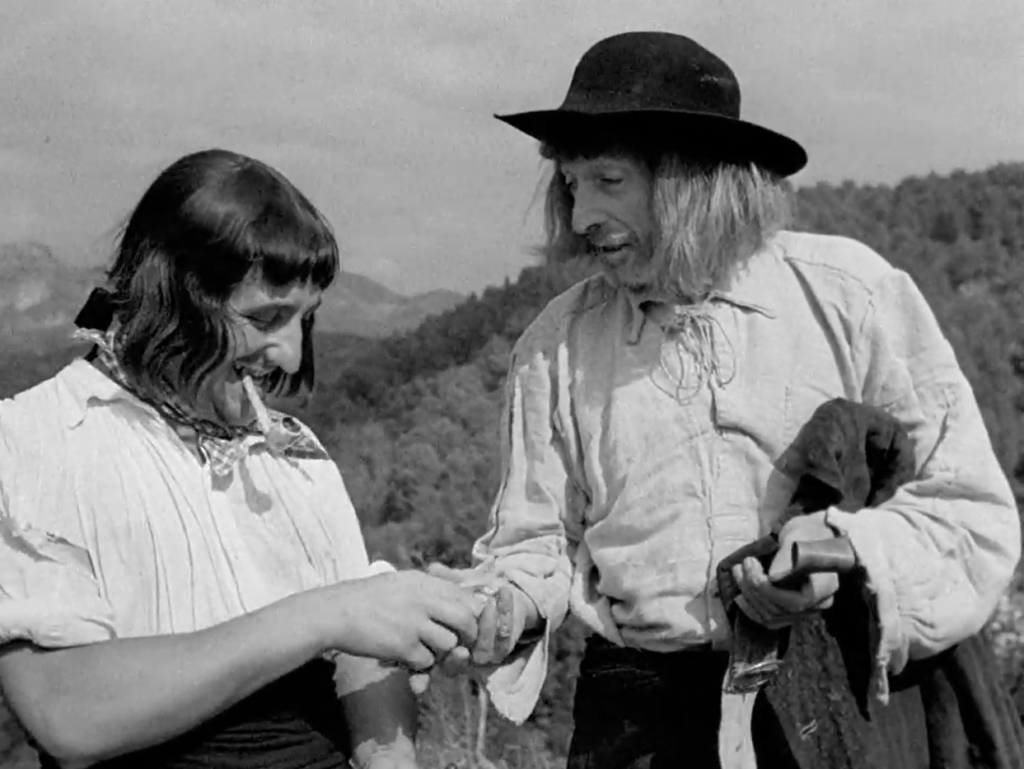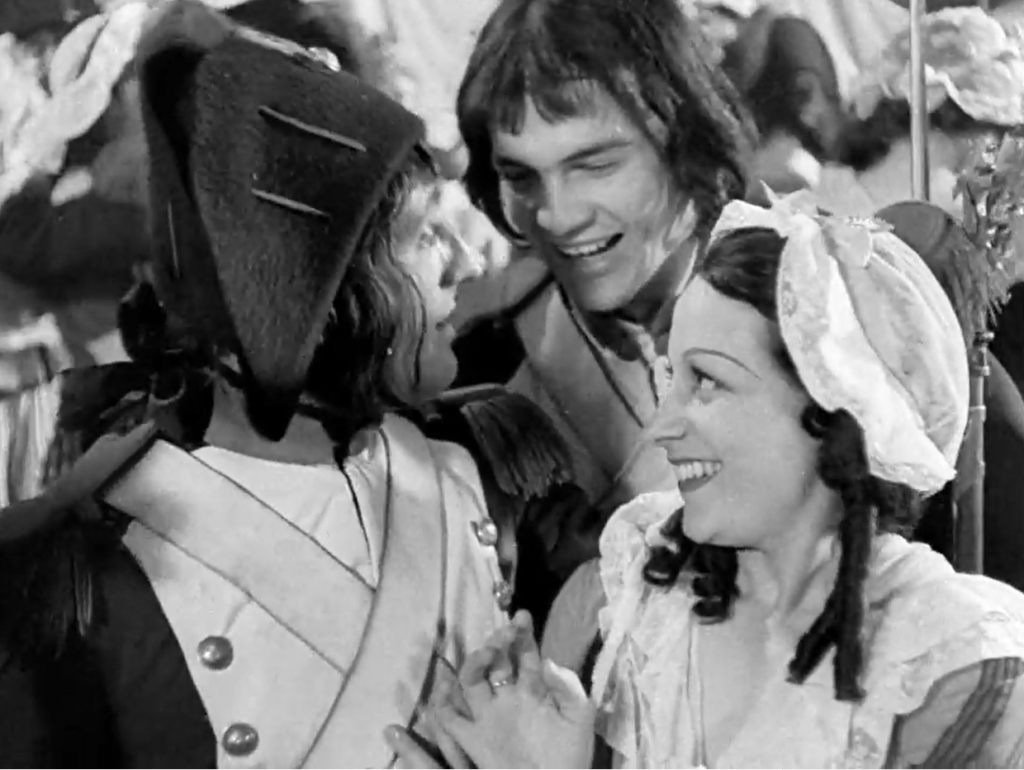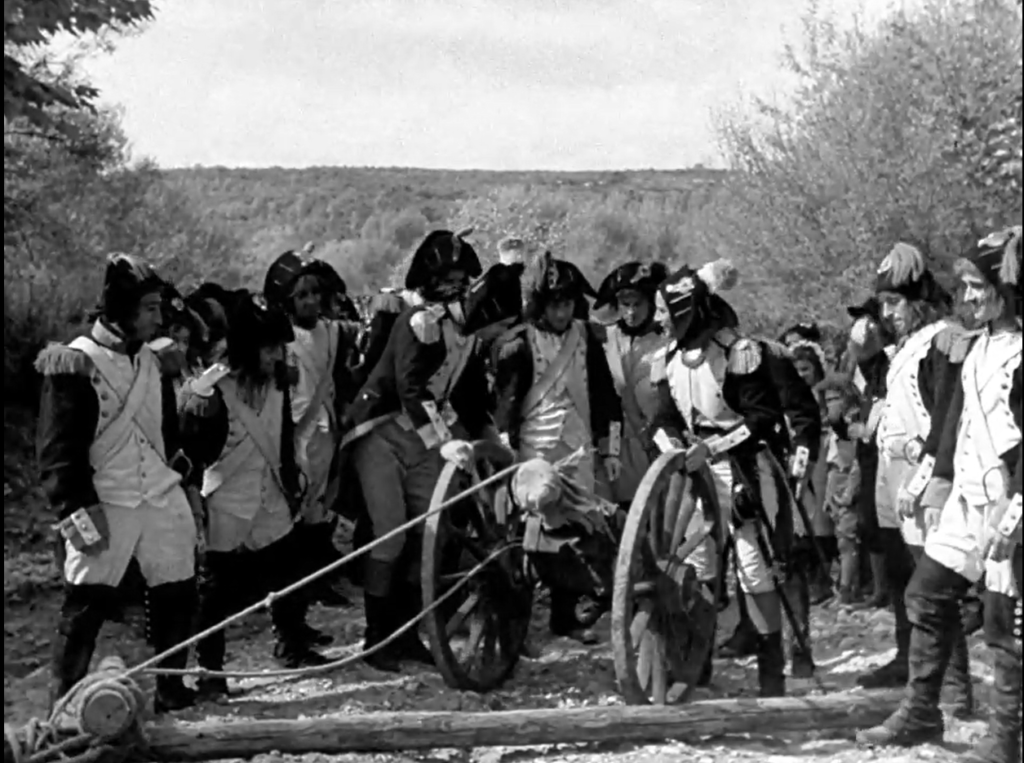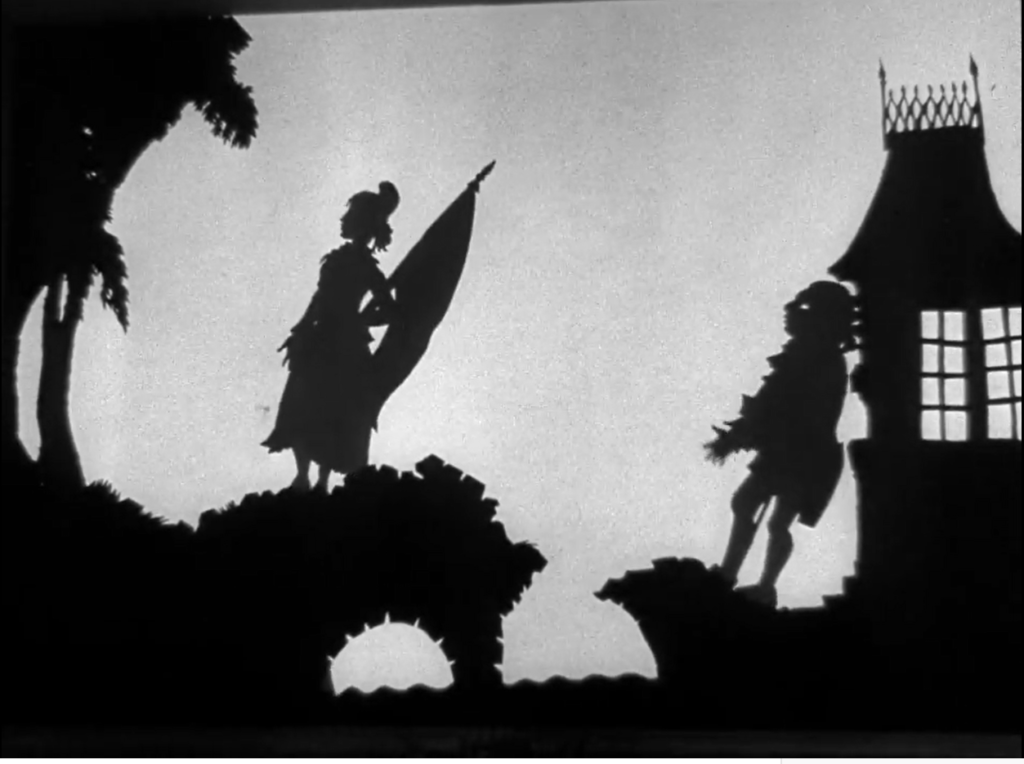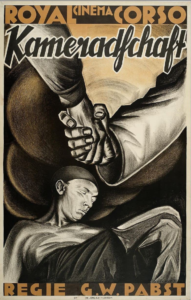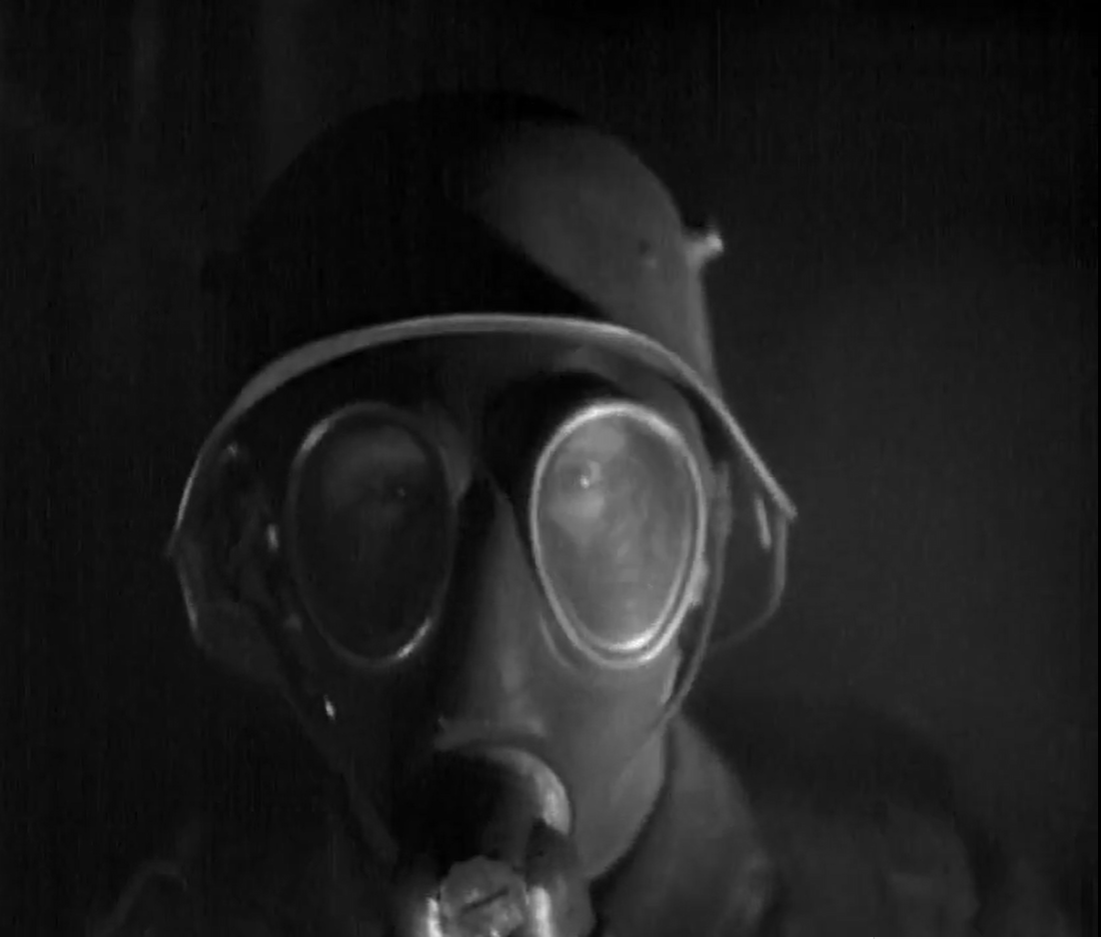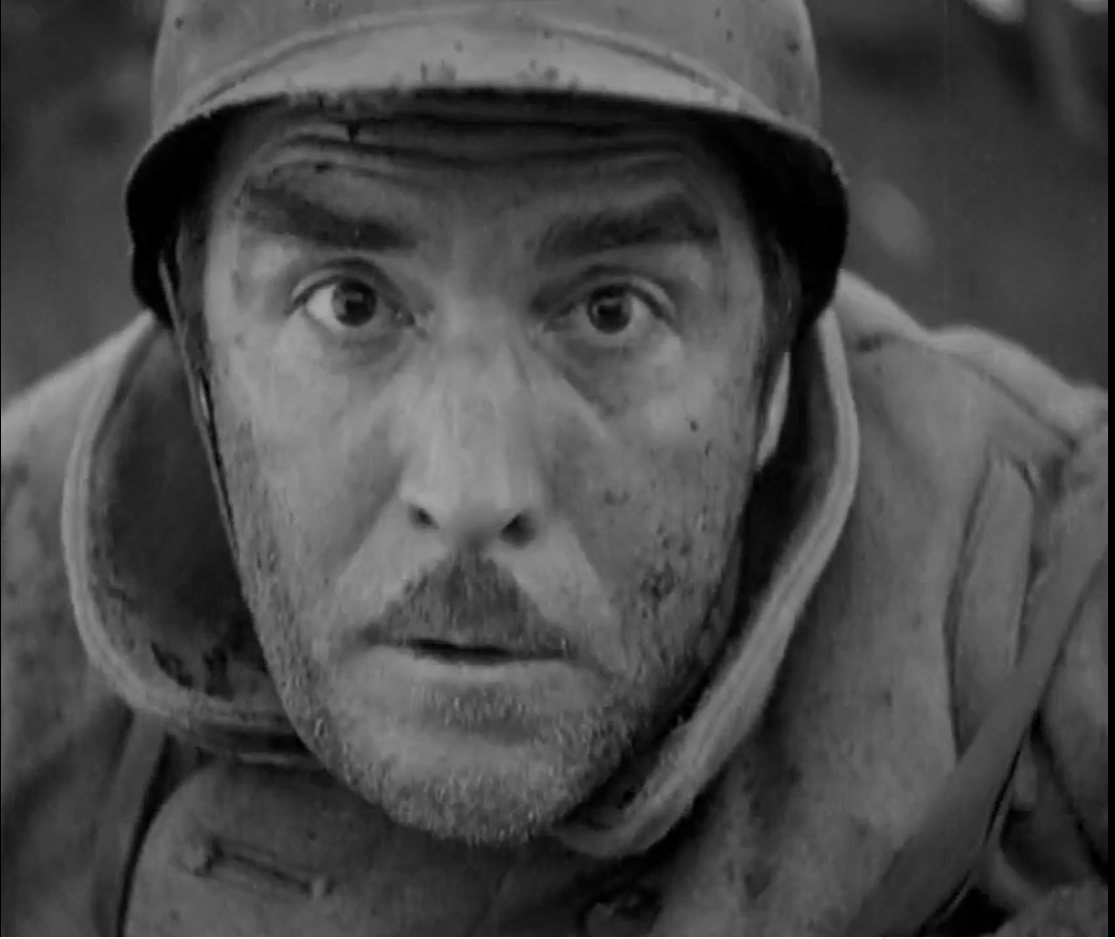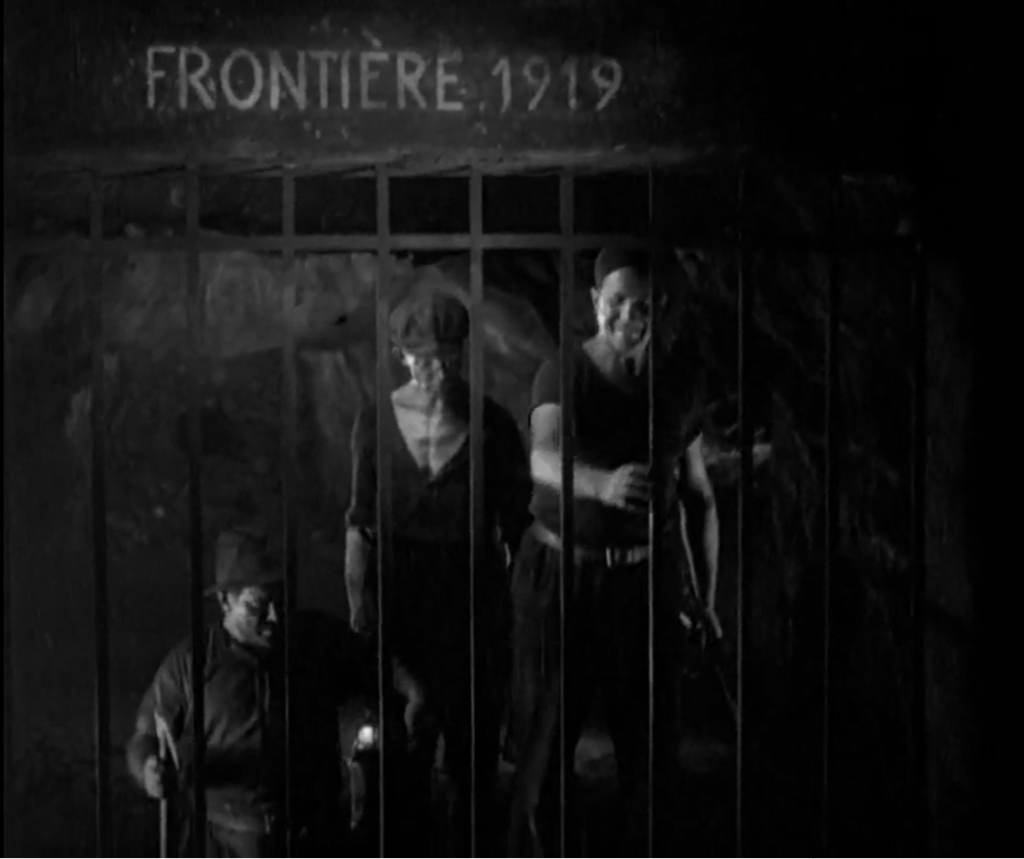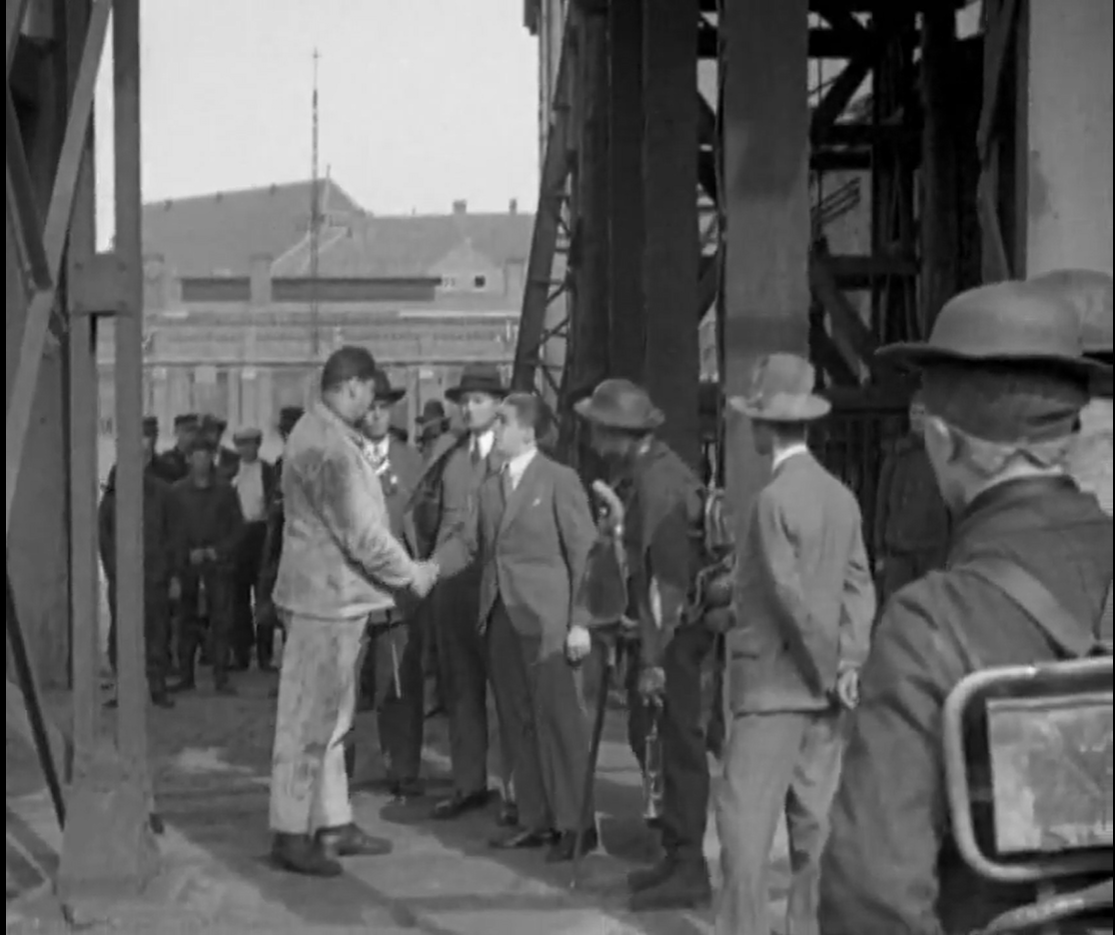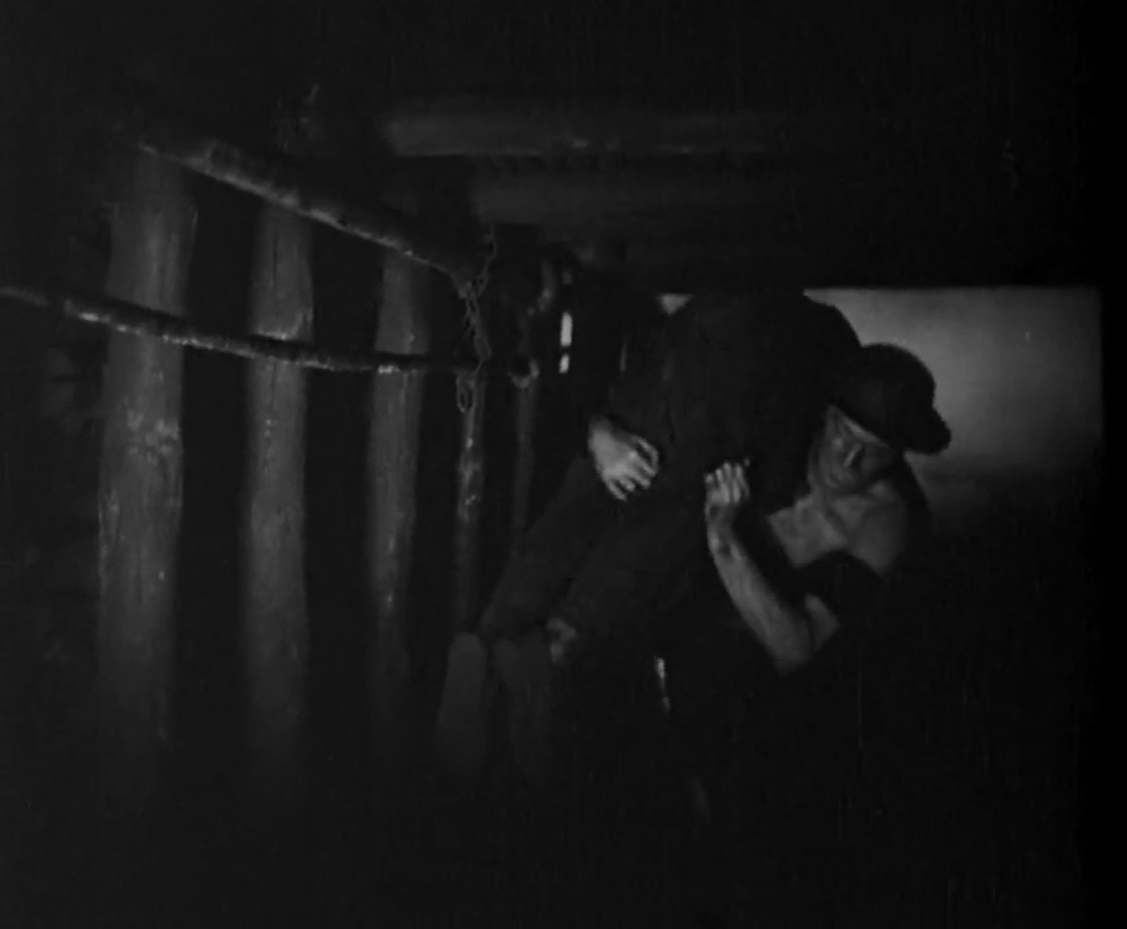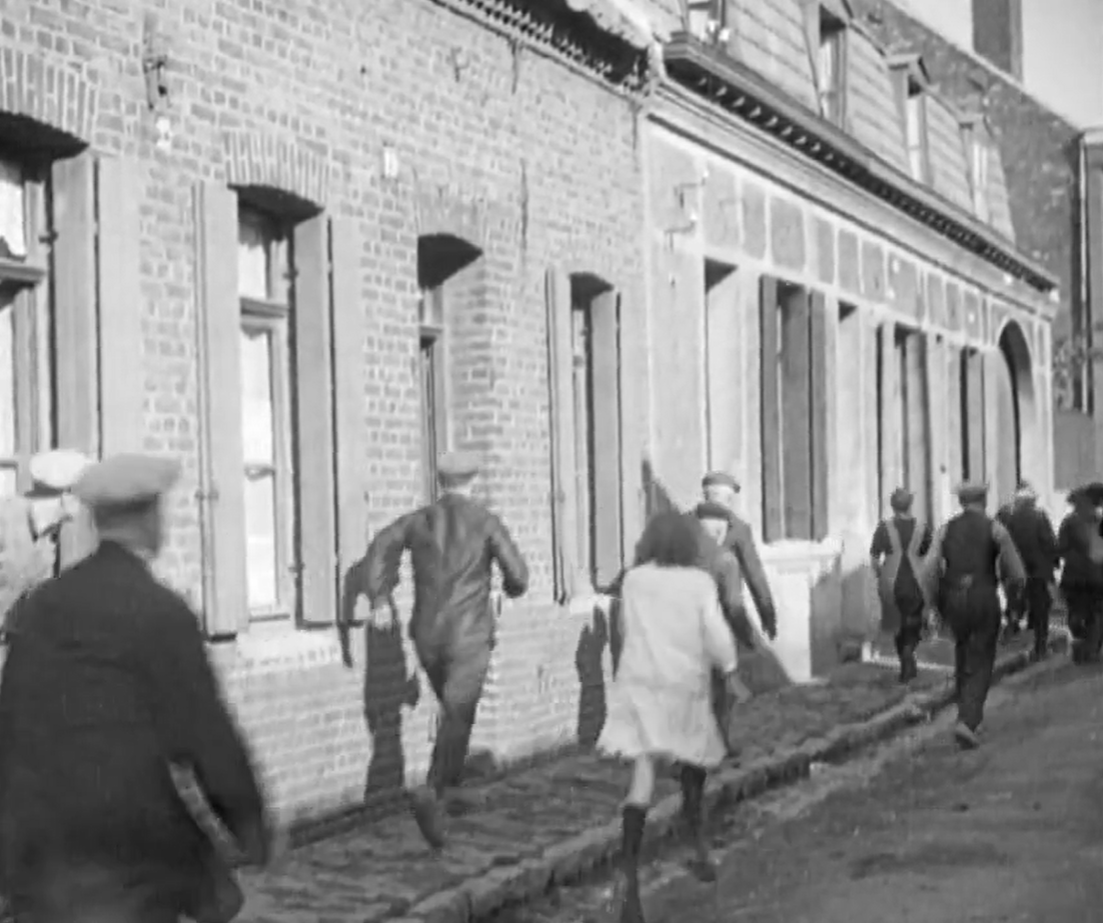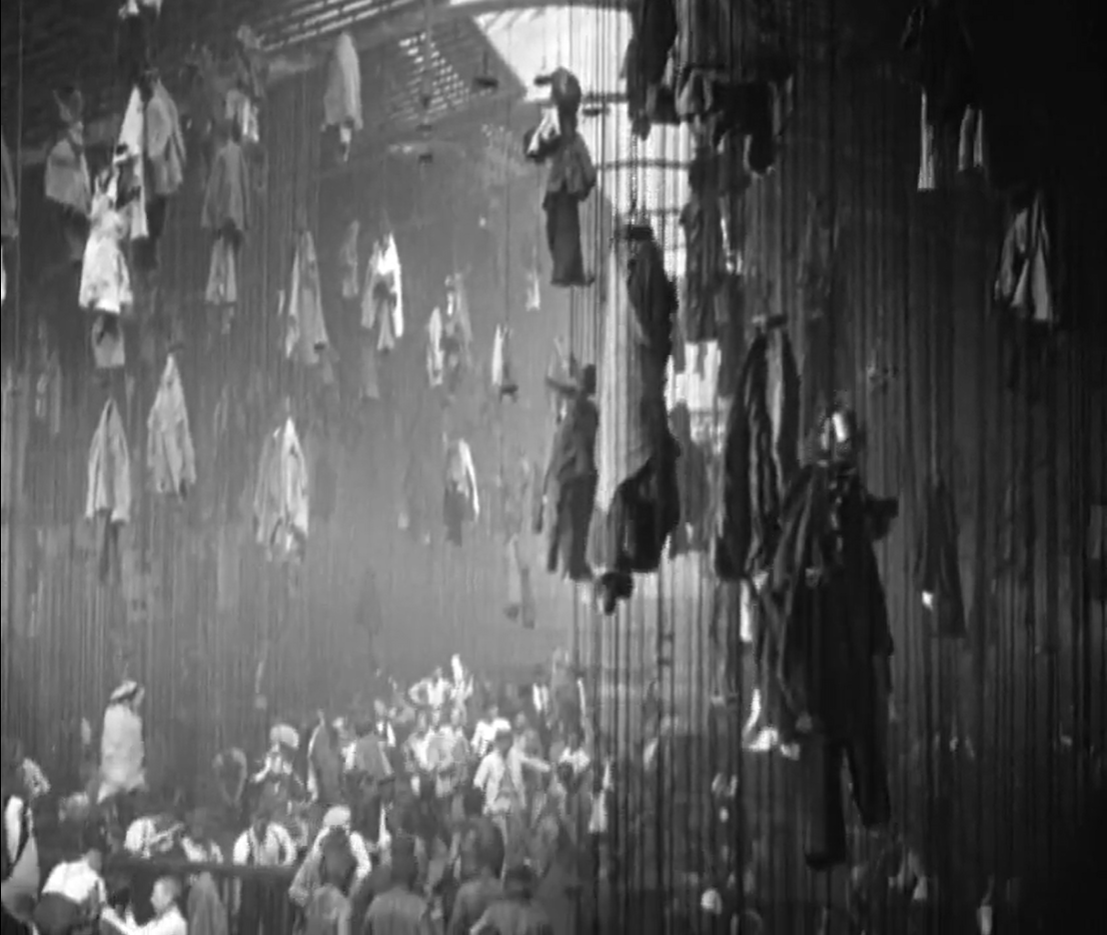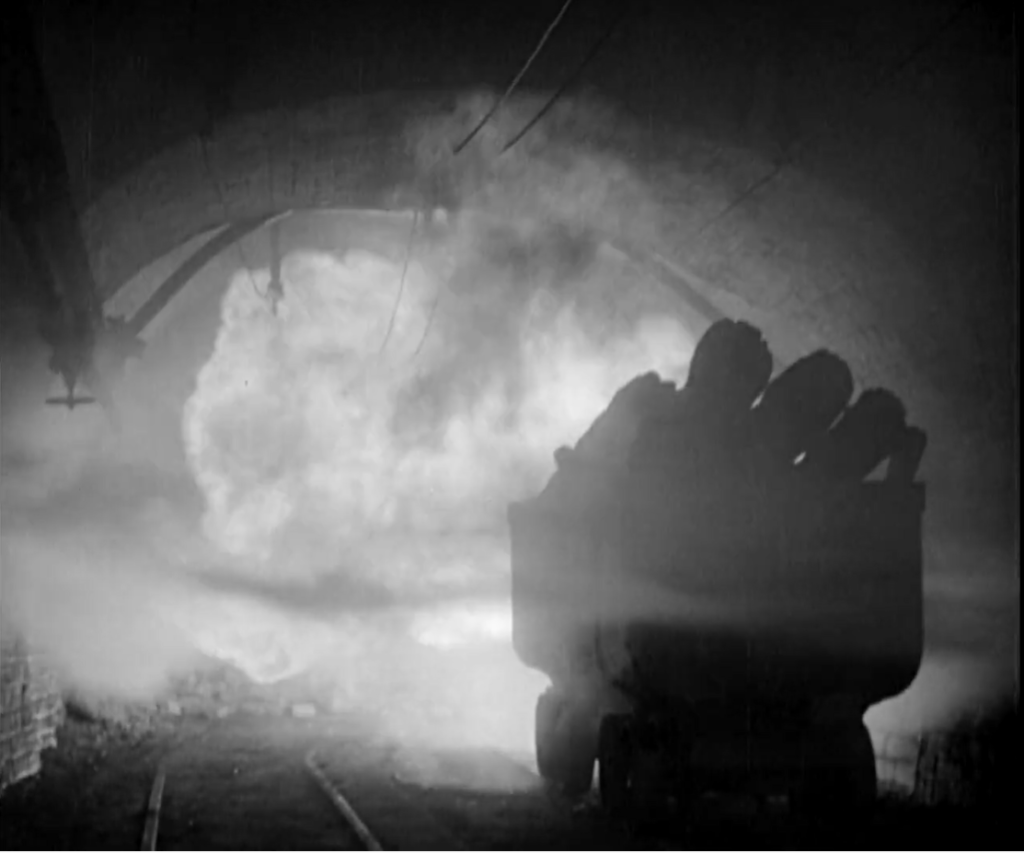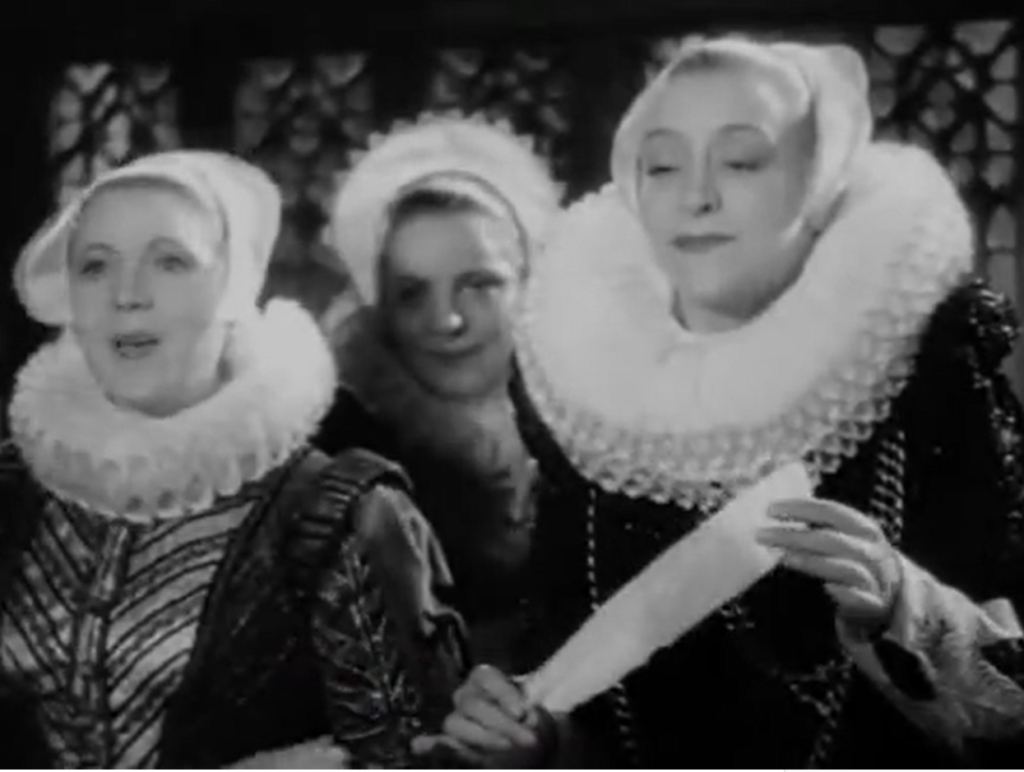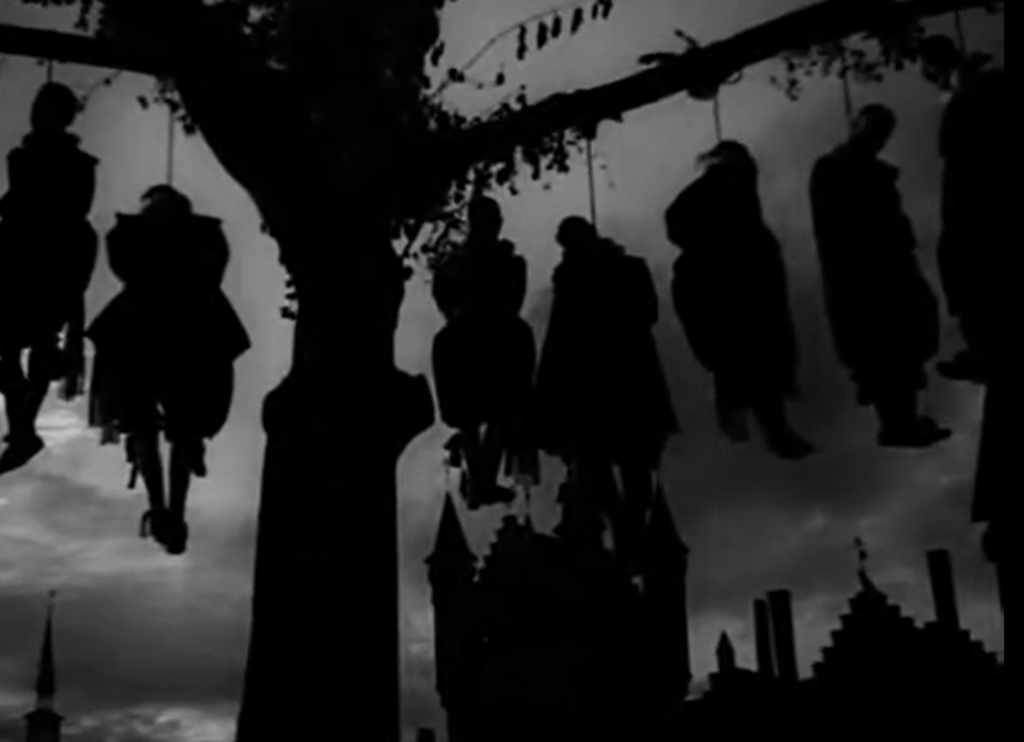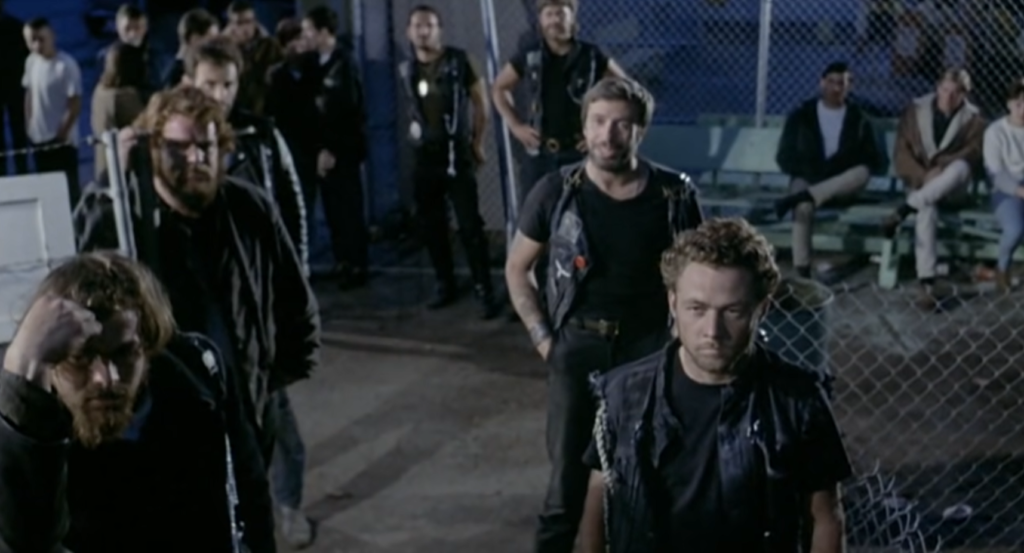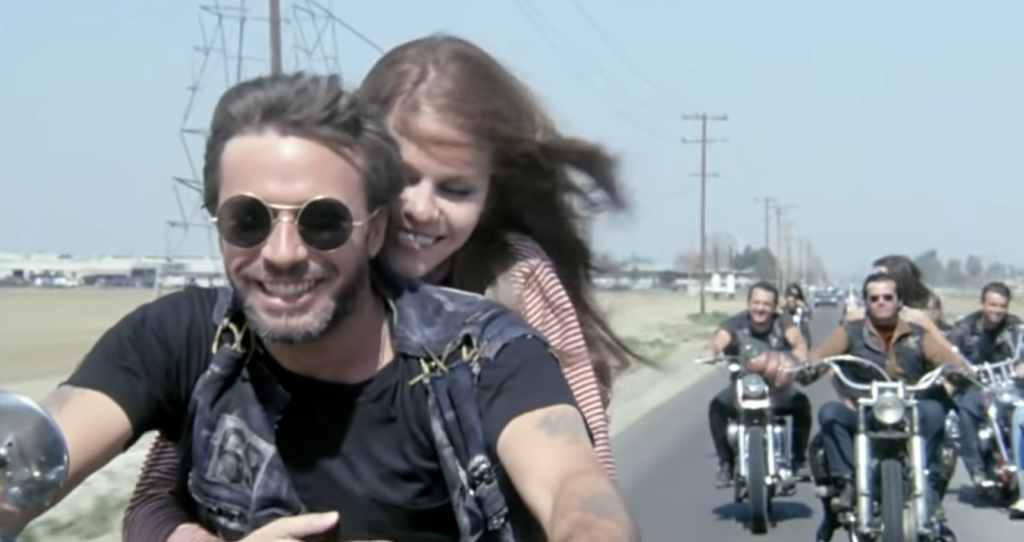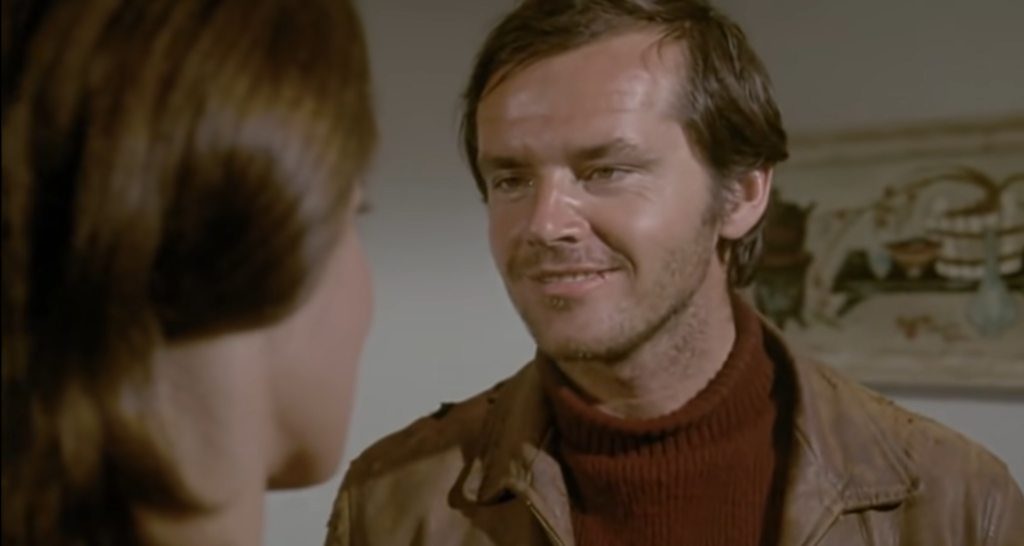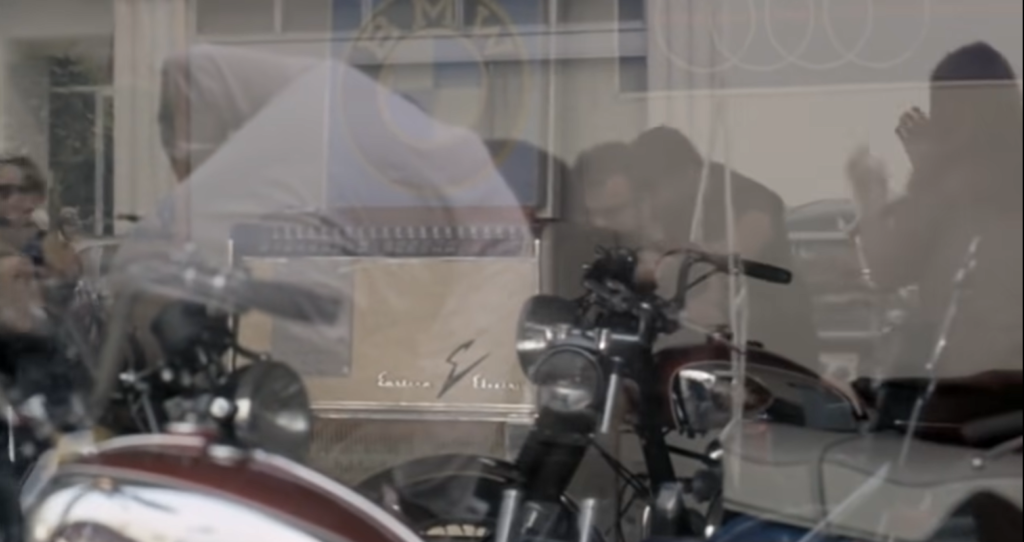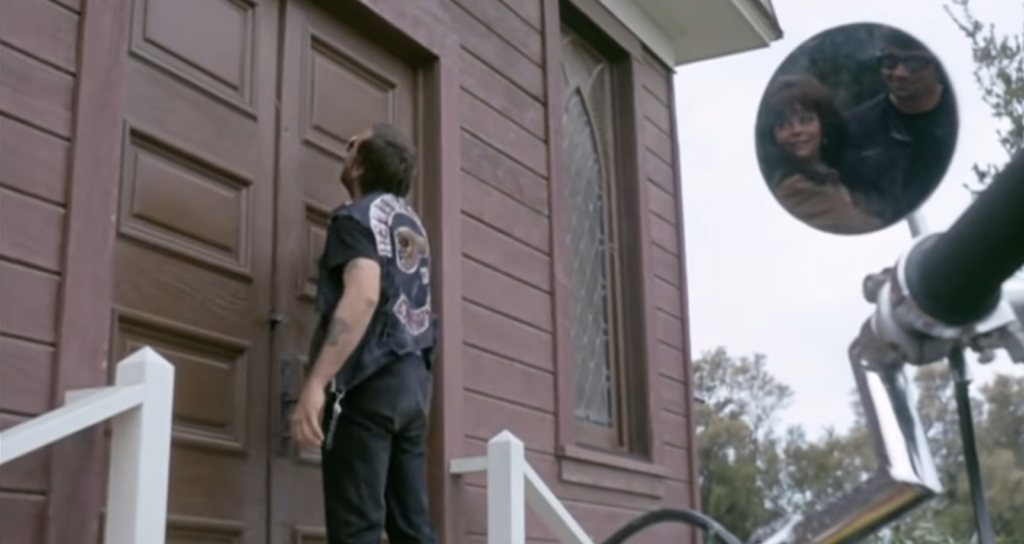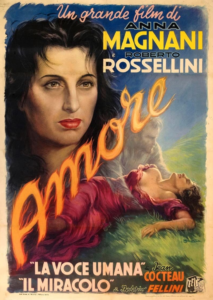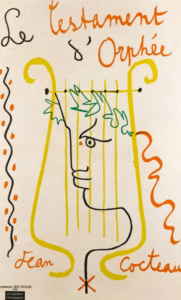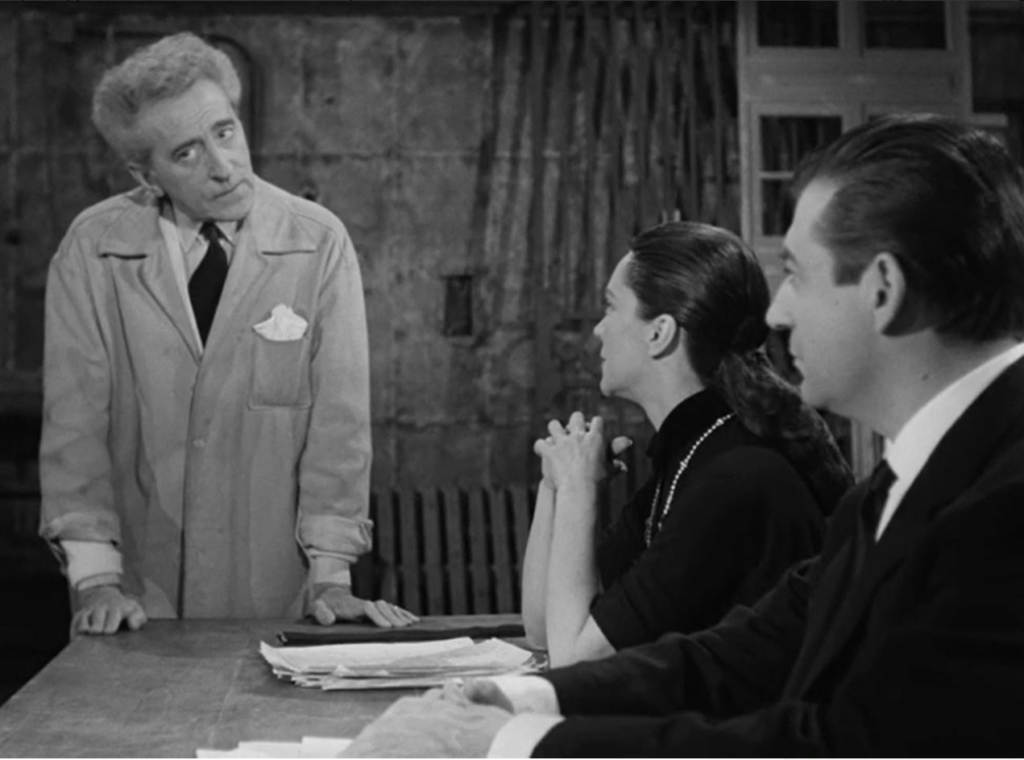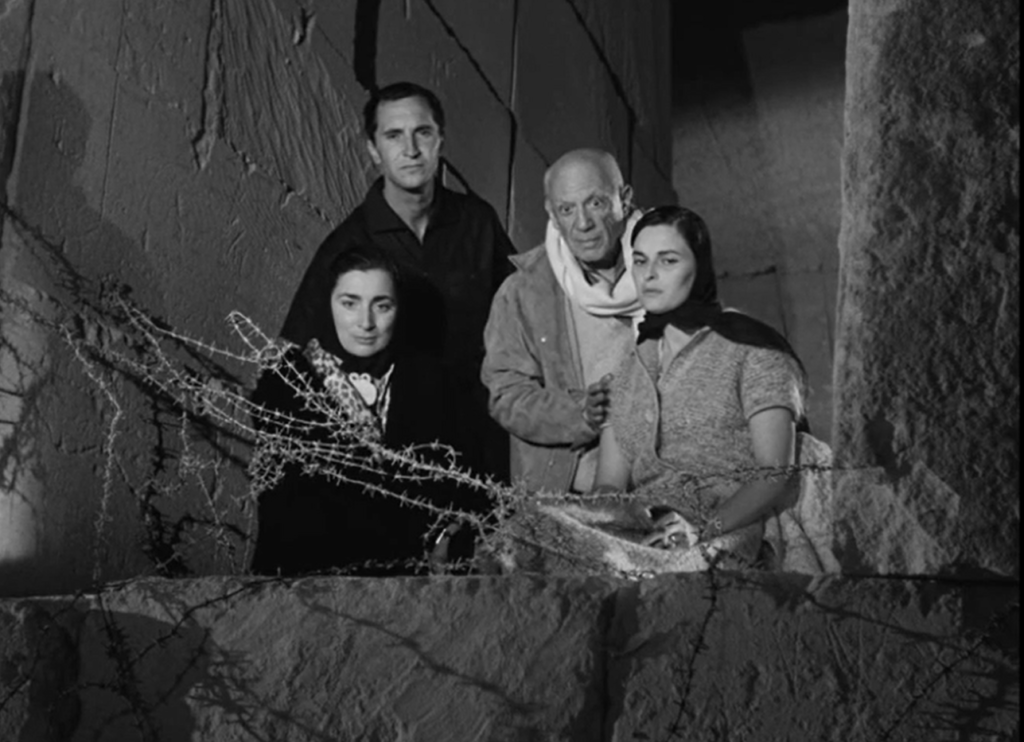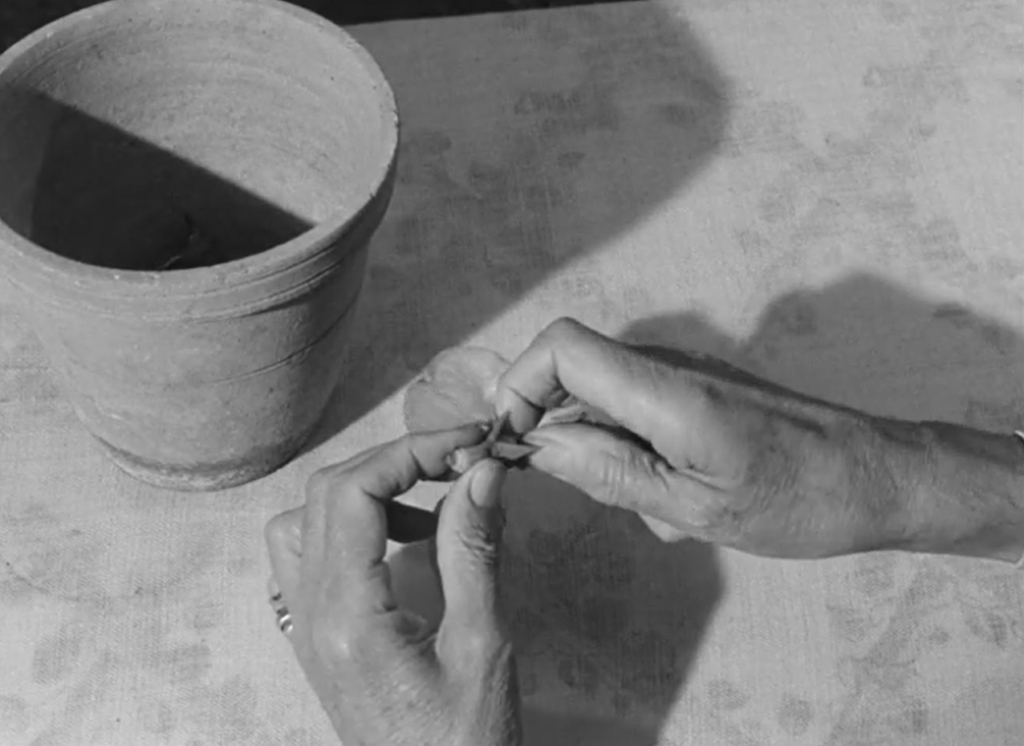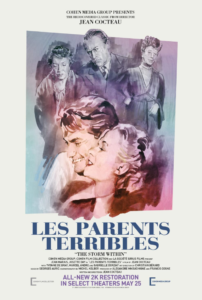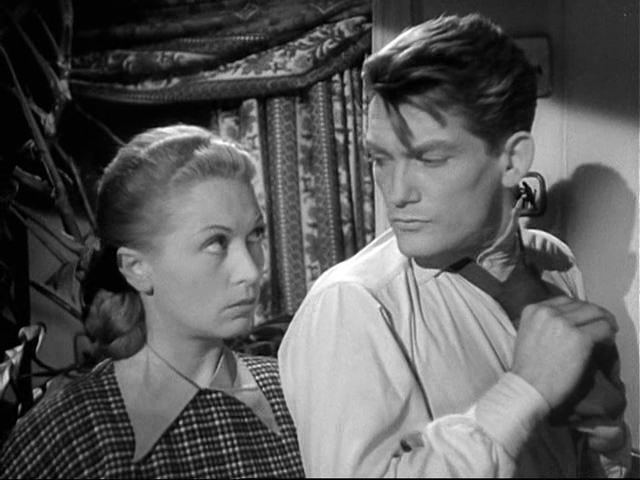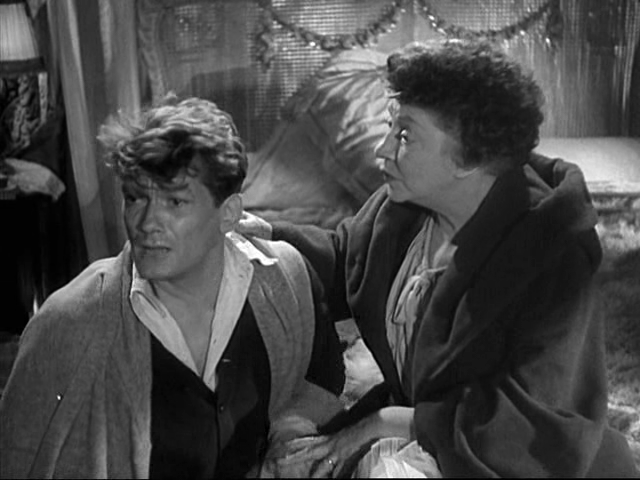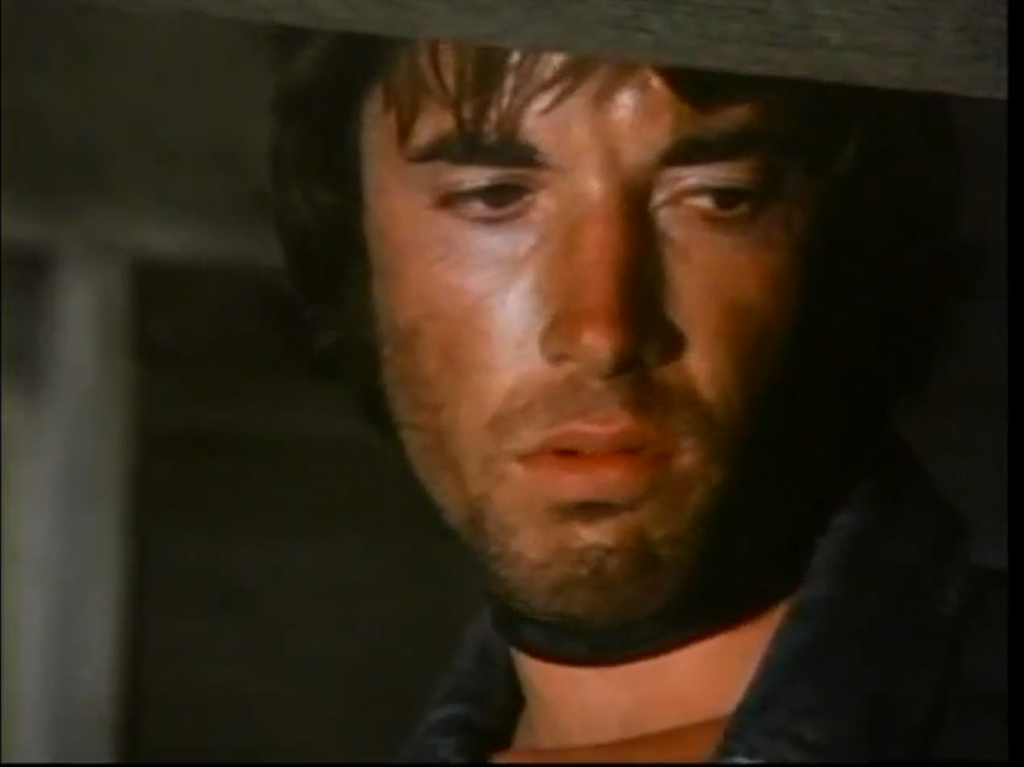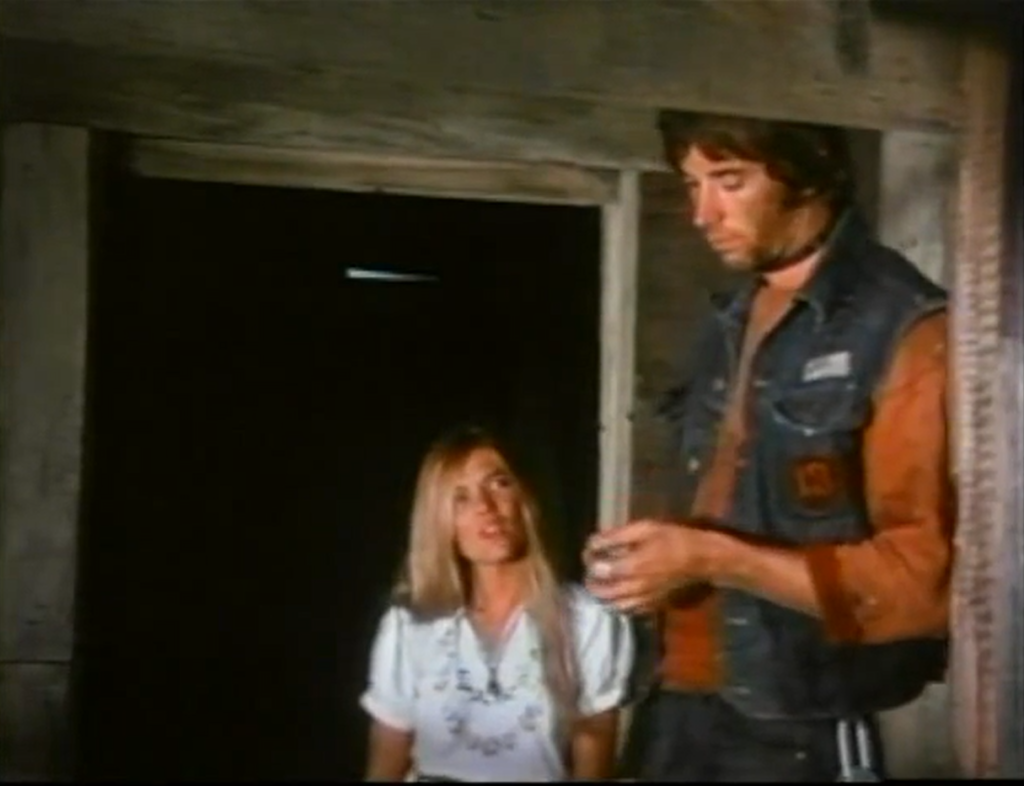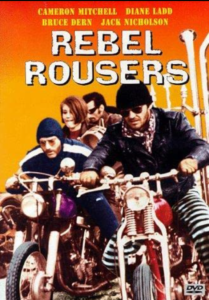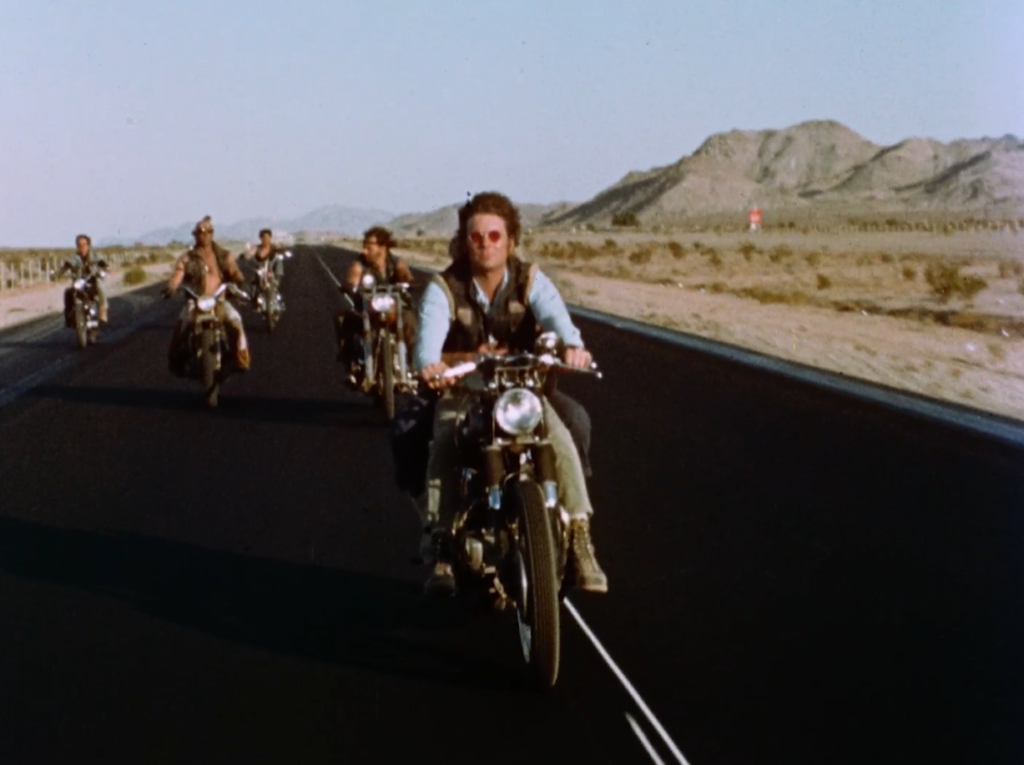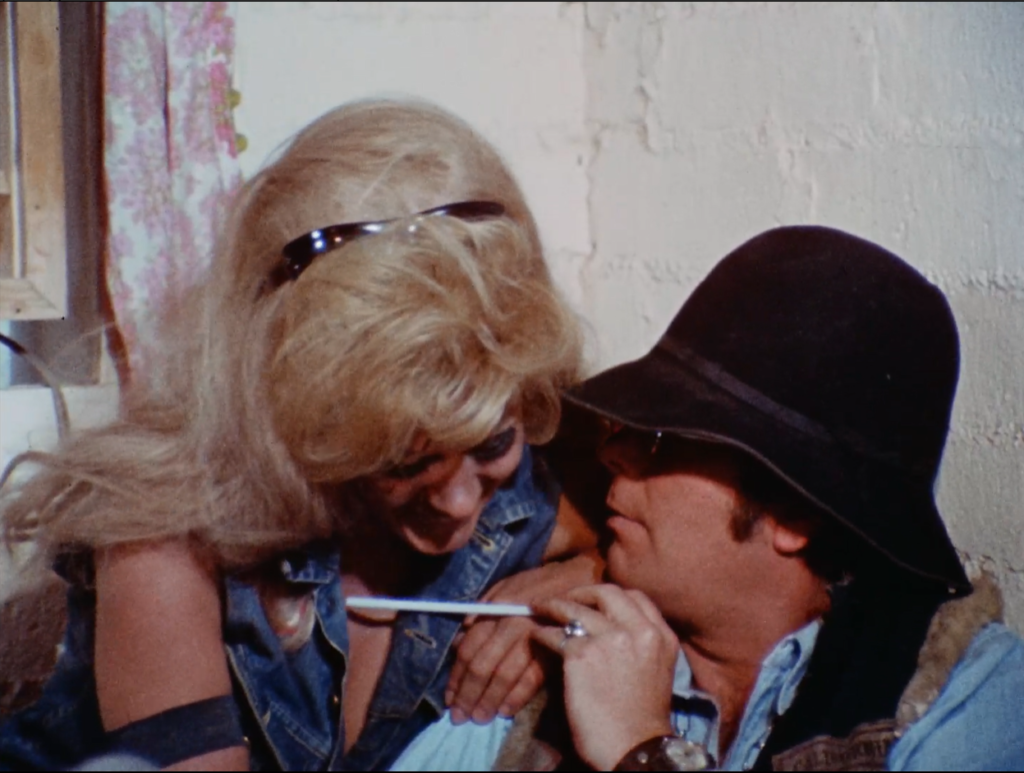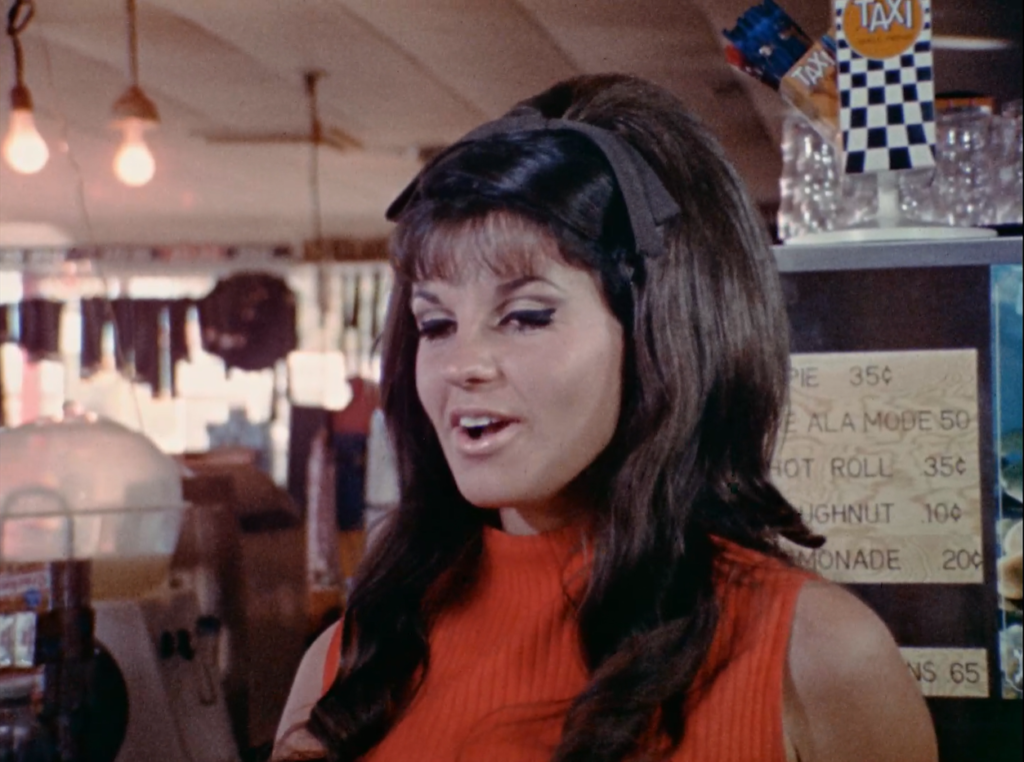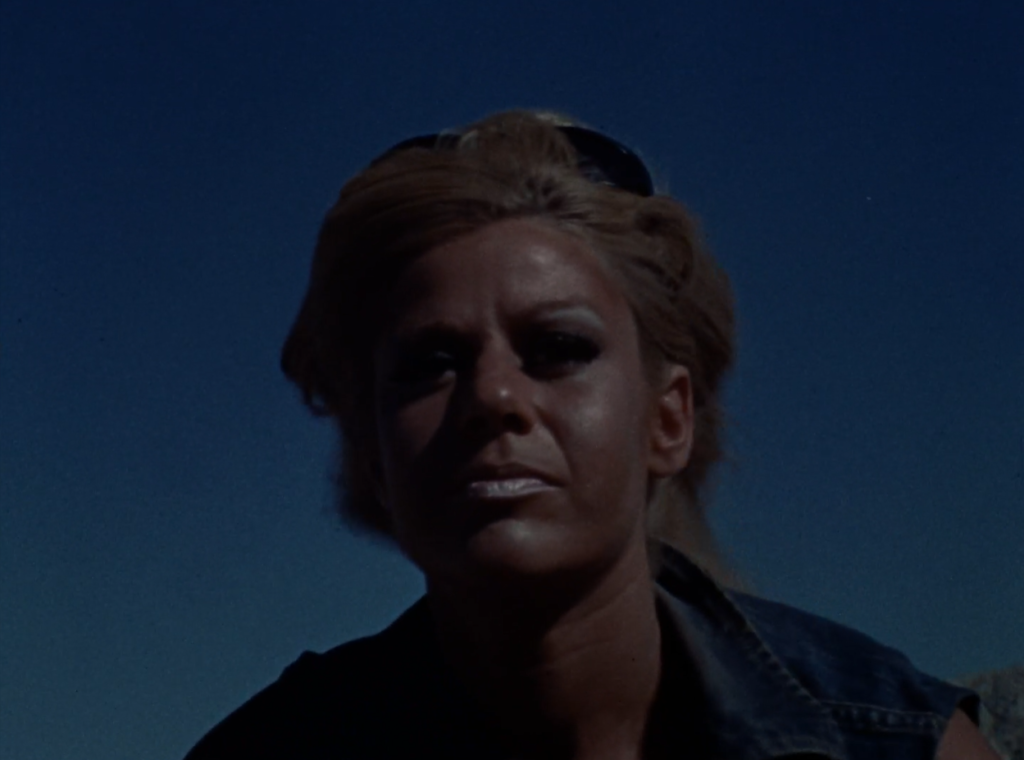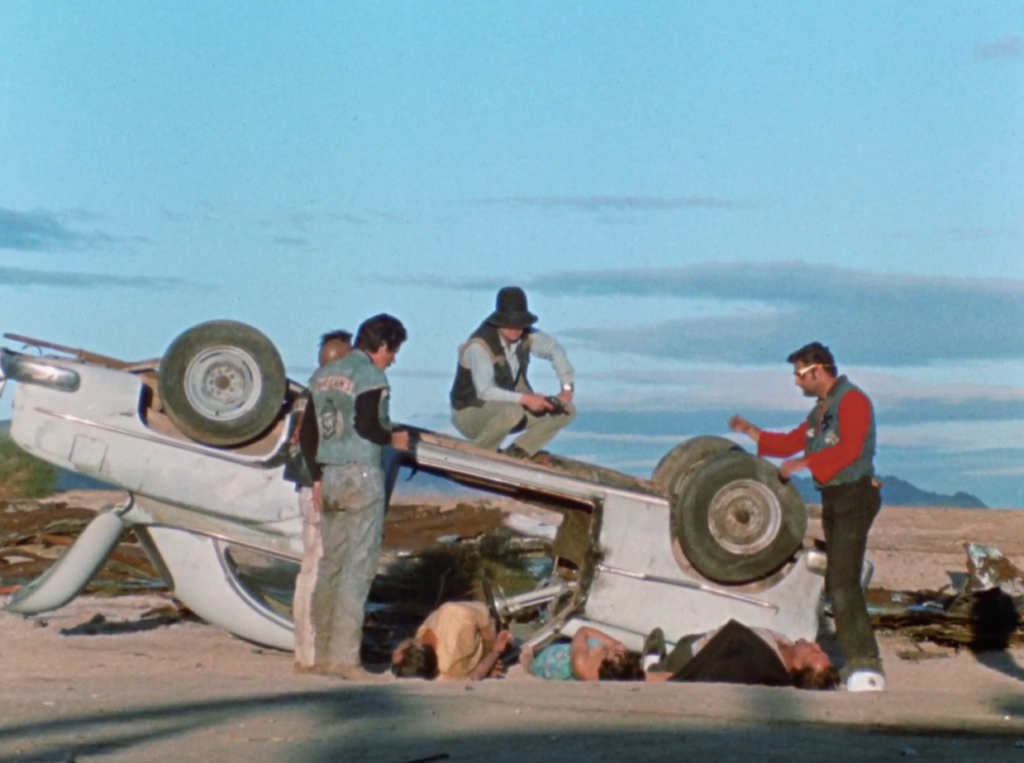|
Genres, Themes, Actors, and Directors:
- Bruce Dern Films
- Cameron Mitchell Films
- Diane Ladd Films
- Gangsters
- Harry Dean Stanton Films
- Jack Nicholson Films
- Motorcyclists
Review:
Following directly on the heels of The Wild Angels (1967) — also co-starring Diane Ladd and Bruce Dern — this biker exploitation flick was made in 1967 but not released until 1970, when the success of Easy Rider (1969) brought the biker sub-genre to mainstream consciousness. Writer-director Martin B. Cohen — collaborating with screenwriters Michael Kars and Abe Polsky (best known for scripting The Baby [1973]) — manages to present a truly terrible movie, one which rambles in both tone and focus and is a slog to sit through. The drama between Ladd and Mitchell, in terms of whether Ladd will keep her baby (she wants to) and allow Mitchell to marry her:
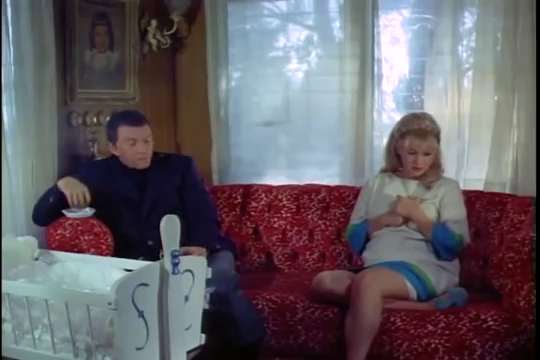
… is merely a convenient subplot to put likable characters in harm’s way. Meanwhile, Mitchell’s former friendship with Dern is loose at best, serving no purpose other than to humanize Dern (slightly) by the end. The bulk of the film focuses on showing the bikers wreaking havoc, first in a bar:

… and later down on a beach, where they are going to race each other for the “privilege” of raping Ladd (do they not notice her advanced pregnancy, or not care?):

After being badly beaten, Mitchell goes into town to try to get help, only to find that local law enforcement is “laughably” ineffective:
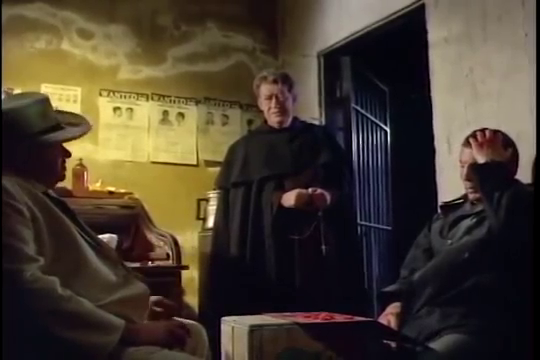
At least he finds one individual (Robert Dix) willing to step up when his beautiful daughter accidentally wanders into the bikers’ trap.

I guess viewers enjoyed seeing motorcycles roaring along pristine natural landscapes:

… but this entire mess mostly comes across like an improvised quickie meant to pass screentime, nothing more. Watch (if you’d like) for Harry Dean Stanton in a supporting role as well.
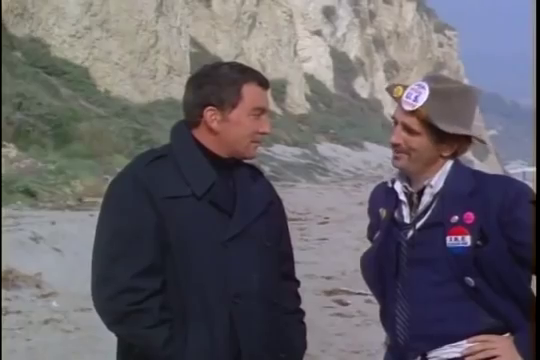
Notable Performances, Qualities, and Moments:
- Laszlo Kovacs’s (co)-cinematography

Must See?
Nope; skip this one unless you absolutely must see every early film Nicholson ever appeared in.
Links:
|

